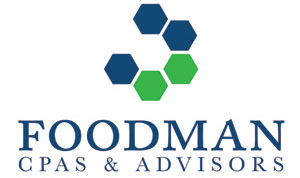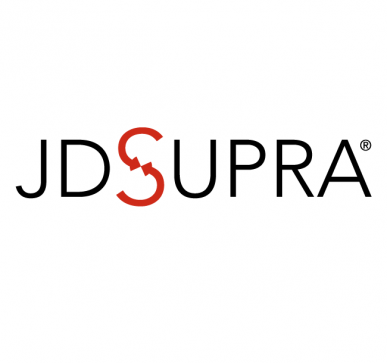20% Tax Deduction for Pass-Through Entities? – JD Supra 3/27/18.
IRS defines Pass-Through entities as: “an entity that passes its income, loss, deductions, or credits to its owners. The owners may be partners, shareholders, beneficiaries, or investors. It usually does not have an entity level income tax liability”. In the U.S., Pass-Through entities comprise 90% of all U.S. businesses for federal income tax purposes.
The Tax Cut and Jobs Act (TCJA) added Section 199A to the Internal Revenue Code providing the owner of a Pass-Through entity with a “below-the-line” deduction of up to 20% of the owner’s Qualified Business Income (QBI).
Qualified Business Income
Is income from a U.S. trade or business. It does NOT include: Capital gains/losses, Dividends and interest, Annuity payments, foreign currency gains/losses, reasonable compensation paid to the business owner and guaranteed payments to a partner for services rendered.
The 20% Deduction
The 20% deduction was introduced to give the owners of Pass- Through businesses a significant income tax reduction. The 20% Pass-Through deduction can be claimed by the owners of S corporations, partnerships or sole proprietorships. However, whether the income from a Pass-Through Entity fully qualifies as income from a qualified trade or business or as income from a specified trade or business are determining factors.
Definitions of Qualified Trade or Business and Specified Service Trade or Business
TCJA definitions:
- ‘qualified trade or business’ means any trade or business other than— ‘‘(A) a specified service trade or business, or ‘‘(B) the trade or business of performing services as an employee.
- “a specified service trade or business means any trade or business involving the performance of services in the fields of health, law, engineering, architecture, accounting, actuarial science, performing arts, consulting, athletics, financial services, brokerage services, including investing and investment management, trading, or dealing in securities, partnership interests, or commodities, and any trade or business where the principal asset of such trade or business is the reputation or skill of one or more of its employees”. The term excludes engineering and architecture services.
Formula to Claim the 20% Deduction
There are two obstacles that the owners of certain Pass-Through entities must overcome in order to claim the full 20% deduction. The obstacles are in taxable income thresholds as follows:
- For a specified service business (a provider of personal services except for engineering and architecture), if the owner’s taxable income exceeds a threshold of $157,500 for single filers and $315,000 for joint filers, the deduction is reduced pro-rata under a “phase-in rule.” The “phase-in” is complete when the taxable income reaches $207,500 for single filers and $415,000 for joint filers. The deduction disappears entirely for Taxpayers with more than $207,000 (for single filers) or $415,000 (joint filers) in income.
- There is also a wage and capital limit: The deduction is limited to the greater of:
(a) 50% of W-2 wages for your business, or
(b) the sum of 25% of W-2 wages and 2.5% of the unadjusted basis of all qualified business property. (SAME INCOME THRESHOLDS NOTED FOR SEPECIFIED SERVICE BUSINESS)
What does this mean?
Owners of Pass-Through entities that have taxable income below the lower income threshold could potentially qualify for the full deduction. Other service professional’s income may not qualify at all. For instance, the “owners” of an accounting firm, a law firm, a yoga business or a performing arts business could have to pay the regular individual tax rate on their salaries and their distributable profit. While the owners of a manufacturing business would have to pay the individual regular tax rate on their salaries and the lower rate on their profits because the rule was written to support capital intensive manufacturing businesses.
Challenges
C-Corps have been granted a flat 21% corporate tax rate. Perhaps many Pass-Through Business owners have given thought to converting their status to a C-Corp status. Although there are benefits to C-Corp status (the new 21% corporate tax rate and shareholder limited liability), there are drawbacks from a tax standpoint like double taxation (once on the 21% and then when the owners receive dividends). Conversion of corporate structure is not a decision to be taken lightly.
Don’t be a victim of your own making. If you are an owner of a Pass-Through business, consult with your tax specialist. The TCJA implemented rules and thresholds to deter high-income taxpayers from attempting to convert wages or other compensation for personal services into income eligible for the 20% deduction. Tax practitioners ought to be reaching out to Taxpayers to inform them of new tax deduction taking effect in 2018 under the TCJA, as well as the pros and cons of business entity conversions in order to potentially minimize tax liability.
https://www.jdsupra.com/legalnews/20-tax-deduction-for-pass-through-19473/





